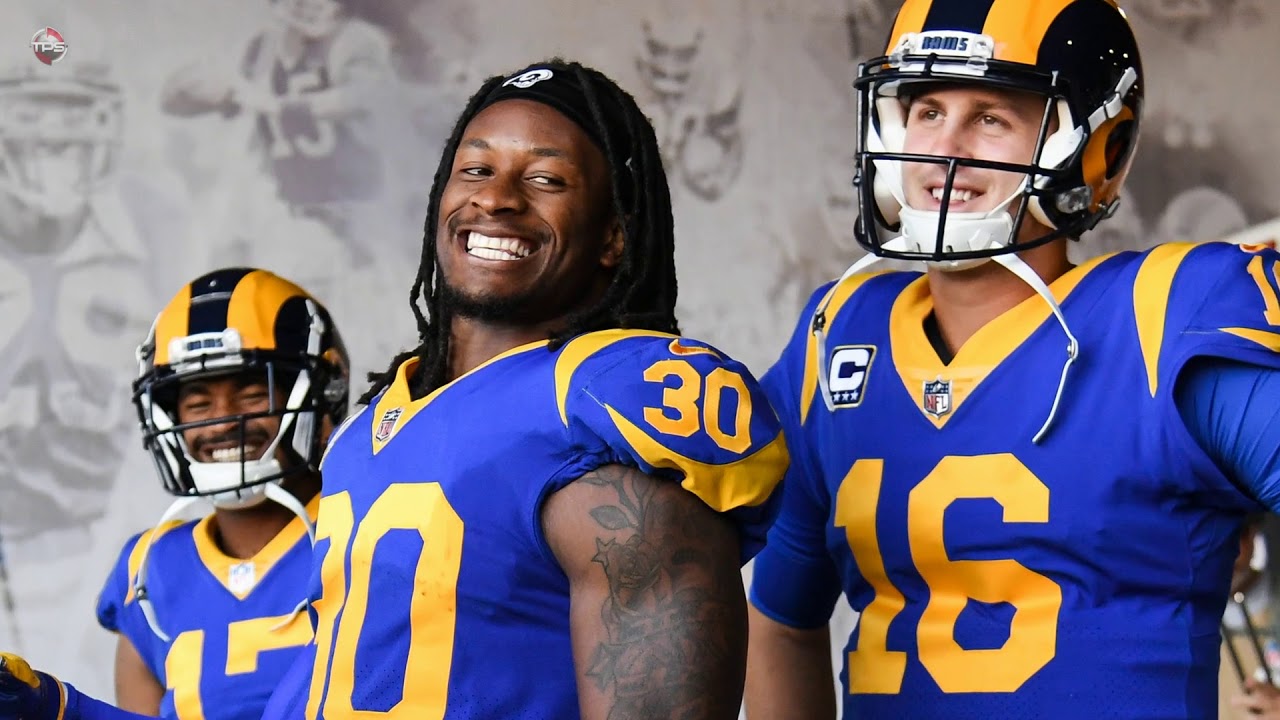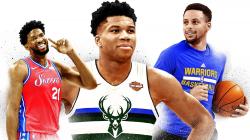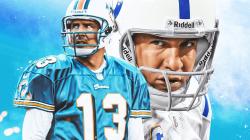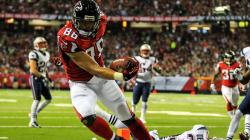The Evolution of NFL Offenses: How Teams Are Adapting in 2025

The 2025 NFL season has already given fans and analysts plenty to talk about—and one of the most notable storylines is the continued evolution of offensive strategies across the league. In an era where innovation is key, offensive coordinators and head coaches are redefining how football is played, breaking away from traditional schemes and introducing dynamic, unpredictable playbooks.
In this article, we explore how NFL Streams Free offenses have evolved in 2025, the major trends driving this change, and which teams are leading the way.
Spread Concepts and Hybrid Quarterbacks
One of the most visible shifts in 2025 is the widespread adoption of spread offense principles. Teams are increasingly spacing out defenses with multiple wide receivers, creating mismatches and exploiting weak spots in coverage. This approach puts added pressure on defenses to cover the entire field, from sideline to sideline.
Moreover, the rise of hybrid quarterbacks—players who can extend plays with their legs while maintaining elite-level arm talent—has become a cornerstone of modern offenses. Quarterbacks like Caleb Williams in Chicago and Anthony Richardson in Indianapolis are changing the way teams structure their offenses. Their ability to make plays outside the pocket forces defenses to account for both the run and the pass on every down.
Pre-Snap Motion and Misdirection
In 2025, pre-snap motion is no longer a luxury—it’s a necessity. Offenses are using motion to manipulate defensive alignments, identify coverage schemes, and create space for playmakers. Teams like the San Francisco 49ers and Miami Dolphins have mastered this art, turning simple motion into a tactical advantage.
Misdirection has also become more prevalent, especially in the running game. Offenses are blending jet sweeps, reverses, and play-action concepts to keep defenders guessing. This has led to a resurgence in explosive run plays and increased efficiency in the red zone.
Positionless Football: A Tactical Revolution
Another major trend in 2025 is the rise of "positionless football." Offensive coordinators are utilizing versatile athletes who can line up at multiple spots on the field. Tight ends who can split out wide, running backs who run crisp routes, and wide receivers who can operate out of the backfield are now staples of creative play designs.
Players like Deebo Samuel (49ers), Bijan Robinson (Falcons), and Kyle Pitts (Falcons) exemplify this new breed of offensive weapon. Their flexibility allows coaches to disguise intentions and force defenses into uncomfortable matchups.
Analytics and Real-Time Adjustments
Data analytics continue to play a huge role in the evolution of NFL offenses. Teams are using real-time data to make adjustments mid-game, optimizing play calls based on defensive tendencies and personnel groupings. Fourth-down aggression, once seen as reckless, is now backed by win probability models.
Offensive coordinators are also using advanced analytics to script plays with higher expected points added (EPA), maximizing every possession. The result? Higher-scoring games and more efficient offenses league-wide.
Offensive Lines Are More Athletic Than Ever
Offensive linemen in 2025 are no longer just brute-force blockers—they’re athletic, agile, and often asked to pull, trap, and block in space. Teams are prioritizing mobility over size, allowing for more complex run schemes and better protection against mobile pass rushers.
This evolution has also changed draft priorities, with teams seeking linemen who can move laterally, handle zone-blocking assignments, and keep up with the speed of today’s NFL.
Teams Leading the Offensive Revolution
While nearly every NFL team is adapting, a few stand out for their innovation:
- San Francisco 49ers: Kyle Shanahan continues to blend West Coast concepts with cutting-edge run-game creativity.
- Miami Dolphins: Mike McDaniel’s motion-heavy offense is one of the hardest to defend in the league.
- Detroit Lions: Ben Johnson’s balanced yet explosive scheme has turned Jared Goff into a legitimate MVP candidate.
- Chicago Bears: Rookie QB Caleb Williams is flourishing in a modern, quarterback-friendly system built around his dual-threat ability.
Final Thoughts
The NFL is constantly evolving, but 2025 marks a particularly significant year in offensive innovation. From spread concepts and hybrid quarterbacks to positionless playmakers and real-time analytics, today’s offenses are faster, smarter, and more unpredictable than ever before.
As the season progresses, one thing is clear: teams that fail to innovate risk falling behind. In a league where every yard counts, offensive creativity isn’t just an advantage—it’s a necessity.



.jpg)














